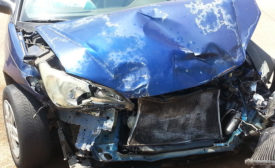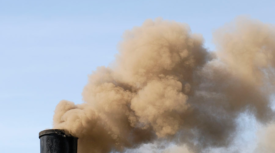News
Does air pollution make teens eat fattening foods?
A new USC study suggests that early exposure to traffic pollution may be linked to unhealthy diet in adolescence
February 13, 2019
Never miss the latest news and trends driving the safety industry
eNewsletter | Website | eMagazine
JOIN TODAYCopyright ©2024. All Rights Reserved BNP Media.
Design, CMS, Hosting & Web Development :: ePublishing









